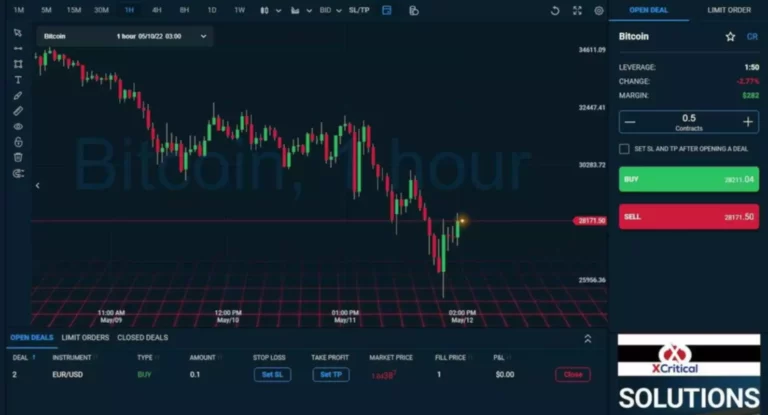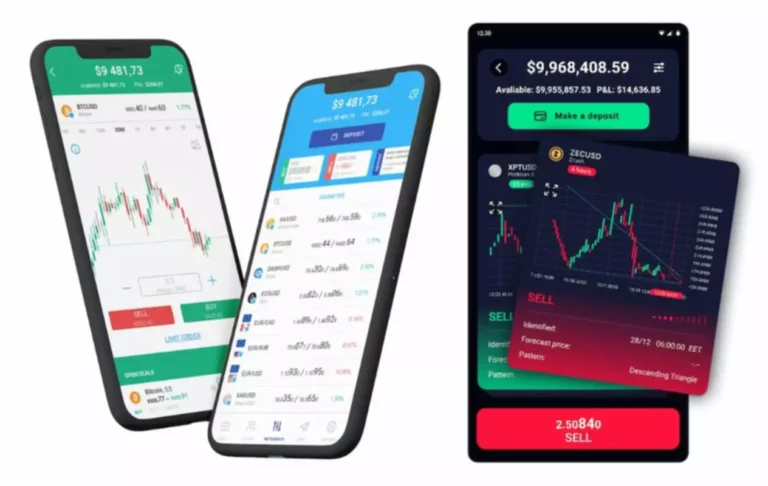For each additional unit sold, the loss typically is lessened until it reaches the break-even point. At this stage, the company is theoretically realizing neither a profit nor a loss. After the next sale beyond the break-even point, the company will begin to make a profit, and the profit will continue to increase as more units are sold.
- In the example of XYZ Corporation, you might not sell the 50,000 units necessary to break even.
- Traders also use break-even prices to understand where a securities price must go to make a trade profitable after costs, fees, and taxes have been taken into account.
- It is also possible to calculate how many units need to be sold to cover the fixed costs, which will result in the company breaking even.
- As you can see, the Barbara’s factory will have to sell at least 2,500 units in order to cover it’s fixed and variable costs.
- Small business owners can use the calculation to determine how many product units they need to sell at a given price point to break even.
This comparison helps to set sales goals and determine if new or additional product production would be profitable. Let’s say that we have a company that sells products priced at $20.00 per unit, so revenue will be equal to the number of units sold multiplied by the $20.00 price tag. Also, by understanding the contribution margin, businesses can make informed decisions about the pricing of their products and their levels beintuit business of production. Businesses can even develop cost management strategies to improve efficiencies. The break-even analysis is important to business owners and managers in determining how many units (or revenues) are needed to cover fixed and variable expenses of the business. The variable costsclosevariable costsVariable costs are expenses a business has to pay which change directly with output, eg raw materials.
Calculations for Break-Even Analysis
So, after deducting $10.00 from $20.00, the contribution margin comes out to $10.00. Returning to the example above, the contribution margin ratio is 40% ($40 contribution margin per item divided by $100 sale price per item). Therefore, the break-even point in sales dollars is $50,000 ($20,000 total fixed costs divided by 40%). Confirm this figured by multiplying the break-even in units (500) by the sale price ($100), which equals $50,000. For instance, if management decided to increase the sales price of the couches in our example by $50, it would have a drastic impact on the number of units required to sell before profitability. They can also change the variable costs for each unit by adding more automation to the production process.
Or, if using Excel, the break-even point can be calculated using the “Goal Seek” function. Take your learning and productivity to the next level with our Premium Templates.
You can lower the price, but would then need to sell more of a product to break even. It can also hint at whether it’s worth using less expensive materials to keep the cost down, or taking out a longer-term business loan to decrease monthly fixed costs. The main thing to understand in managerial accounting is the difference between revenues and profits.
To illustrate the concept of break-even, we will return to Hicks Manufacturing and look at the Blue Jay birdbath they manufacture and sell. In this article, we’ll dive into what a break-even point analysis is and how you can calculate it, as well as give some examples and some tricks and tips you can apply along the way. If not, you can massively improve your chances of business success by sitting down and crunching some numbers.
How to Start a Dropshipping Business: 6 Step Plan (
• Pricing a product, the costs incurred in a business, and sales volume are interrelated. However, a product or service’s comparably low price may create the perception that the product or service may not be as valuable, which could become an obstacle to raising prices later on. In the event that others engage in a price war, pricing at break-even would not be enough to help gain market control. With racing-to-the-bottom pricing, losses can be incurred when break-even prices give way to even lower prices. Break-even price is also used in managerial economics to determine the costs of scaling a product’s manufacturing capabilities.
The BEP analysis is considered as a crucial and important financial tool which helps an entity to determine the stage at which the company or any new product will be termed as profitable. A. If they produce nothing, they will still incur fixed costs of $100,000. College Creations, Inc (CC), builds a loft that is easily adaptable to most dorm rooms or apartments and can be assembled into a variety of configurations.
Calculating The Break-Even Point in Units
Let’s take a look at a few of them as well as an example of how to calculate break-even point. To demonstrate the combination of both a profit and the after-tax effects and subsequent calculations, let’s return to the https://intuit-payroll.org/ Hicks Manufacturing example. Let’s assume that we want to calculate the target volume in units and revenue that Hicks must sell to generate an after-tax return of $24,000, assuming the same fixed costs of $18,000.
The break-even point formula is calculated by dividing the total fixed costs of production by the price per unit less the variable costs to produce the product. Revenue represents total income generated from the sale of goods or services by an individual or business. The contribution margin is the difference between revenue and variable costs. The final component of break-even analysis, the break-even point, is the level of sales where total revenue equals total costs.
Options can help investors who are holding a losing stock position using the option repair strategy. A break-even point analysis doesn’t take a lot of work—it’s a fairly simple financial calculation that can have huge impacts on your business in the long run. From this analysis, you can see that if you can reduce the cost variables, you can lower your breakeven point without having to raise your price. • A company’s breakeven point is the point at which its sales exactly cover its expenses.
If you’re planning any additional costs to promote the channel (such as TikTok ads), your break-even analysis should account for those expenses. This might include variable costs like a set of branded cocktail napkins for a special catering event, or a promotional gift you’re including with your ecommerce orders. You may discover that your prices simply aren’t enough to cover your costs, despite the other factors that went into choosing those prices. At the end of the day, profitability is always the number one driver.
Considerations for semi-variable costs
After entering the end result being solved for (i.e., the net profit of zero), the tool determines the value of the variable (i.e., the number of units that must be sold) that makes the equation true. In effect, the analysis enables setting more concrete sales goals as you have a specific number to target in mind. When there is an increase in customer sales, it means that there is higher demand. A company then needs to produce more of its products to meet this new demand which, in turn, raises the break-even point in order to cover the extra expenses. Break-even analysis is often a component of sensitivity analysis and scenario analysis performed in financial modeling. Using Goal Seek in Excel, an analyst can backsolve how many units need to be sold, at what price, and at what cost to break even.
Let’s dive into how to calculate your break-even point and how it can guide your business. This means Sam’s team needs to sell $2727 worth of Sam’s Silly Soda in that month, to break even. Contribution Margin is the difference between the price of a product and what it costs to make that product. This means Sam needs to sell just over 1800 cans of the new soda in a month, to reach the break-even point. Sales Price per Unit- This is how much a company is going to charge consumers for just one of the products that the calculation is being done for. Both marginalist and Marxist theories of the firm predict that due to competition, firms will always be under pressure to sell their goods at the break-even price, implying no room for long-run profits.
Calculating The Break-Even Point in Sales Dollars
Also, break-even analysis ignores external factors such as competition, market demand, and changing consumer preferences, which can have a significant impact on a businesses’ top line. Its fixed costsclosefixed costsFixed costs are expenses a business has to pay which do not change with output, eg rent. It’s also important to keep in mind that all of these models reflect non-cash expense like depreciation.
The concept of break-even analysis is concerned with the contribution margin of a product. The contribution margin is the excess between the selling price of the product and the total variable costs. For example, if an item sells for $100, the total fixed costs are $25 per unit, and the total variable costs are $60 per unit, the contribution margin of the product is $40 ($100 – $60). This $40 reflects the amount of revenue collected to cover the remaining fixed costs, which are excluded when figuring the contribution margin.
A break-even price is the amount of money, or change in value, for which an asset must be sold to cover the costs of acquiring and owning it. It can also refer to the amount of money for which a product or service must be sold to cover the costs of manufacturing or providing it. To calculate BEP, you also need the amount of fixed costs that needs to be covered by the break-even units sold.











